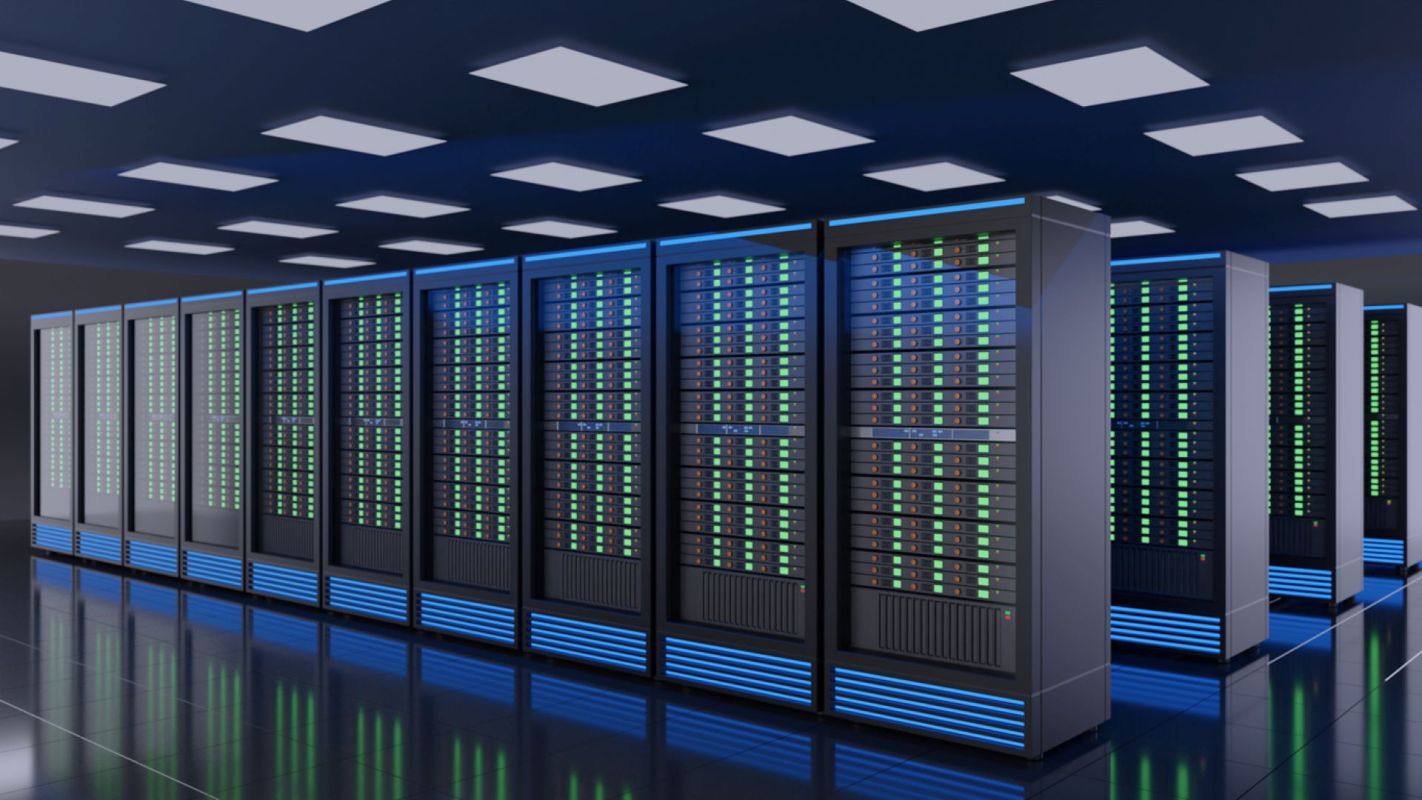Bringing new meaning to the phrase "server farm," researchers are finding ways to use excess heat from data centers to grow fruits, vegetables, and other produce — and even eels and lobsters.
These innovative projects, sometimes called data center–heated greenhouses or organic data centers, locate a greenhouse or other growing space near computer servers. They then create favorable growing conditions with heat that is considered "a huge problem" in general, according to Mark Bjornsgaard, the founder of data center company Deep Green, as reported by the BBC.
When we access things online, we often connect with computers grouped in "server farms" or, when they're in dedicated facilities, "data centers." These centers have amazing abilities to store, process, and share information; they're also resource-intensive and expensive to run.
Our clicks and connections add up as data centers run 24/7, guzzling energy and producing heat that's traditionally released as waste. Most data centers also use large volumes of water for cooling — for example, Google's servers use billions of gallons, according to Time magazine.
As Information Week covered this month, examples of data centers using waste heat for agriculture include a greenhouse in Sweden producing veggies and fruits, another Swedish venture growing microgreens, and a Japanese center raising eels (a popular food in Japan).
An urban farm opened on a data-center rooftop in Paris last year, reported Data Center Dynamics, and there are other projects underway in Sweden and the Netherlands, as well as at a lobster farm in Norway.
The projects often happen in cold climates where data centers benefit from natural cooling, as GreenBiz notes; this also provides opportunities to grow produce where farming wouldn't normally be possible, preventing additional pollution from importing the goods.
Experiments with agriculture at data centers have been going on since at least 2008, when the University of Notre Dame partnered with South Bend, Indiana, to supply heat for greenhouses. In 2010, a data center developed an experimental arboretum in Paris.
Using waste heat in greenhouses has some drawbacks. As The Conversation documents, greenhouses have their own environmental impacts, energy requirements, and possible concerns for low-wage workers. There's also the potential for feel-good stories about integrating greenhouses to overshadow other issues with data center expansion, "including the significant environmental and social impacts of hardware manufacturing, land use, and labor."
That said, using waste heat to grow food provides an opportunity to use energy more effectively. The International Energy Agency says that data centers and transmission lines each account for up to 1.5% of global electricity use and are responsible for 1% of the energy-related pollution overheating the planet.
Ultimately, data centers could be self-motivated to make use of their heat. The website VentureBeat notes, "Many data center cooling systems weren't designed to withstand the heat waves the world is experiencing today … leading to many of the world's most popular websites and applications crashing."
Using the extra heat can also open new revenue streams. Besides aiding agriculture, heat can dry commodities like coffee beans, tea leaves, or algae used in biofuels, says Information Week.
Petter Terenius, a lecturer at Uppsala University, told the outlet, "The bottom line is that waste heat reuse is both the environmentally responsible thing to do and also profitable for the data center owner."
Join our free newsletter for weekly updates on the coolest innovations improving our lives and saving our planet.









